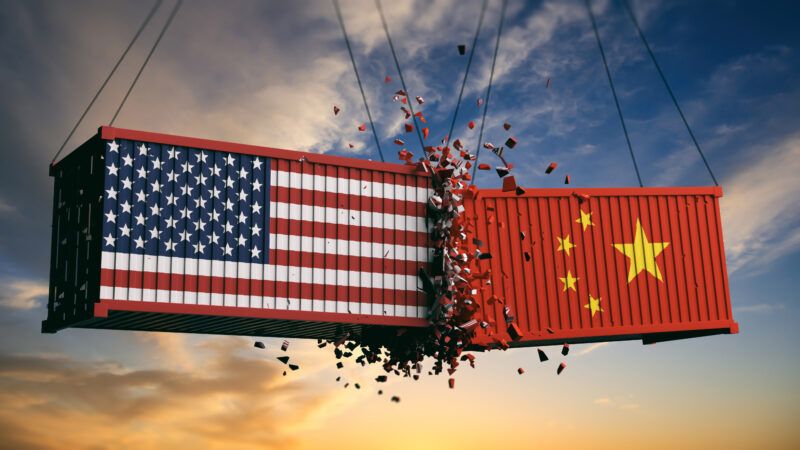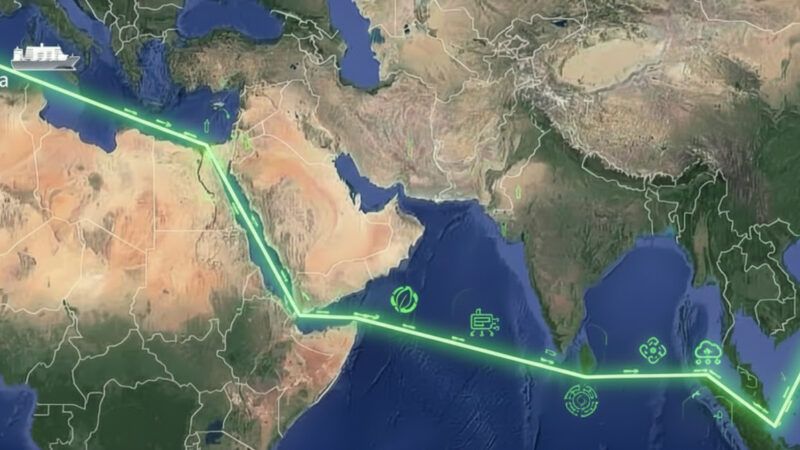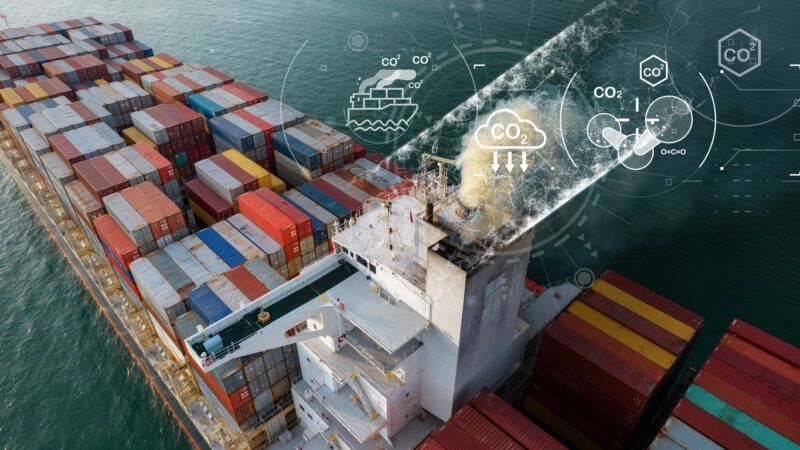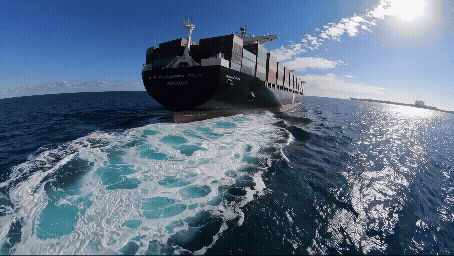
Analyzing the IMO emissions reduction agreement
The International Maritime Organization has taken an important step towards the decarbonization of the maritime sector by approving an emissions reduction mechanism to be formally adopted in October 2025. We review what is involved in this legal framework that establishes for the first time mandatory standards and economic mechanisms on a global scale.

A corrective and incentive mechanism
Achieving climate neutrality by 2050. This is the ultimate goal of numerous initiatives that seek to transform the maritime sector and contribute to the fight against climate change. Now, the International Maritime Organization (IMO) has approved an unprecedented regulatory package to achieve it: this includes a global fuel standard, which aims to progressively reduce greenhouse gas (GHG) intensity per unit of energy used, and a global economic mechanism whereby ships that exceed the stipulated thresholds will have to compensate for it. On the other hand, those using zero-emission technologies or fuels will be eligible for incentives.
This is an agreement that Maurici Hervas, head of Energy Transition at the Port of Barcelona, describes as historic.
- "This is the first time that a market-based measure has been approved that will be applied to the vast majority of a diffuse activity such as maritime transport. When it comes into force, some evasive strategies currently in place will no longer make as much sense, and the principle of internationalization of externalities (colloquially, the ‘polluter pays’) will be applied. This will lead to the integration of operations minimization into operational optimization processes," he explains.
Hervas also stresses that this is the first IMO resolution that has not been taken unanimously, but required a vote to pass. “It shows the great tension generated by this decarbonization policy, which harbors different lines of thought and ambition,” he says.
- The payment of offset units will be mandatory for ships over 5,000 gross tons, which account for 85% of total CO2 emissions from international shipping.
- In addition, the IMO agreement requires ships to reduce, over time, the annual GHG intensity of their fuels (i.e., the amount of GHG emitted for each unit of energy used). This is calculated using the well-to-wake approach, which takes into account the entire life cycle of a fuel: from its extraction or production (well) to its use in a ship or machine (wake).
"While we are not yet at a point where the technological maturity of decarbonization solutions will enable a full reduction in GHG emissions from shipping, we are in a position to initiate the reduction. It is important to do so in order to overcome the current impasse of the chicken or the egg dilemma and to show a clear commitment to decarbonization, which will partly unlock final investment decisions by eliminating the wait and see barrier," assures the Port of Barcelona's Energy Transition manager.
- This is an important milestone in climate policy and very relevant for maritime transport, which due to its characteristics is considered difficult to decarbonize. As the IMO itself points out, the measures will be formally adopted in October 2025 and the agreed framework will come into force in 2027.
“However, the amounts of both the intensity limit and the cost per ton of CO2 equivalent for non-compliant ships have raised doubts in several nations, and some have voted against or abstained because of their lack of ambition,” adds Hervas. "At the European level, there will still be a regulatory pressure differential that can strain competitiveness and connectivity. In any case, the draft has been approved and, as is the case with many initiatives at IMO, it is now a matter of gradually increasing the level of demand.
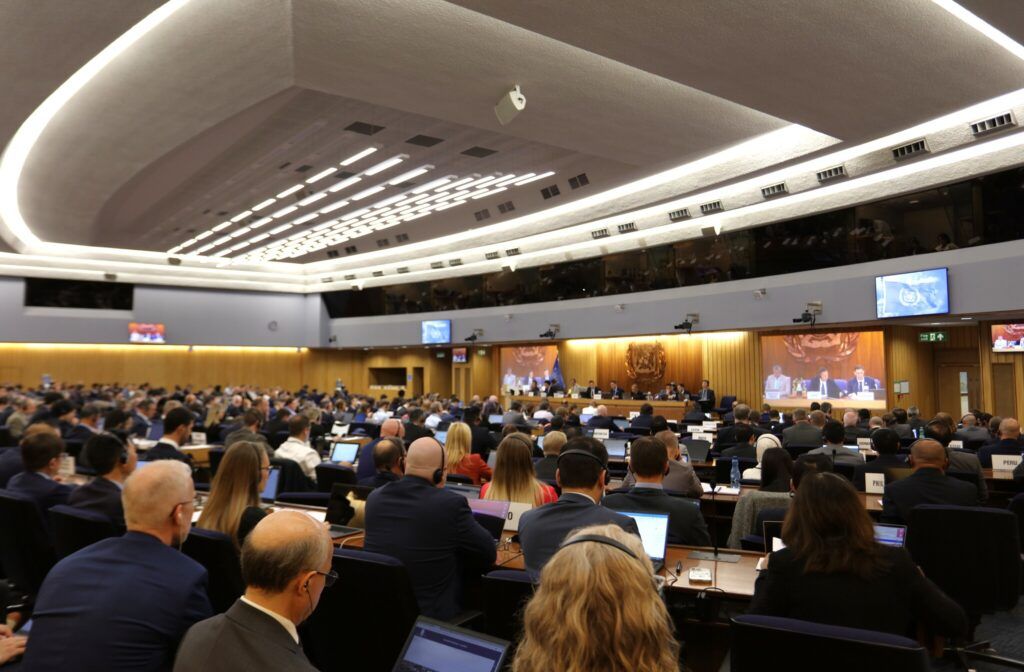
Advantages also for ports
Advantages also for portsTo the environmental benefits of this regulation are added the economic and strategic ones. According to Hervas, the adoption of these new fuels will entail major investments in the entire value chain, including the producer, transport, the consumer (shipping companies) and ports, which will have to adapt their infrastructures to the more restrictive requirements of alternative fuels.
- “Most low net emission fuels contain a lower energy density, which will lead to an increase in the number of ports in which supply will be provided, which is why the measure contemplates a fund to support ports with less investment capacity,” explains the head of Energy Transition at the Port of Barcelona.
Ports thus figure as key players in this transition, as they will be the places where these fuels will be unloaded, stored and supplied. “Both the International Association of Ports and Terminals (IAPH) and The European Sea Ports Organisation (ESPO) and the United Nations Conference on Trade and Development (UNCTAD) foresee that ports will be fundamental in providing the necessary regulations and infrastructure,” adds Hervas.
- The Port of Barcelona has been preparing for years to take on the technical and logistical challenges involved in complying with regulations such as these. As Hervas explains, it has been working for some time to provide a space that facilitates the decarbonization of the logistics chains that pass through it through actions such as the regulation of LNG bunkering or the deployment of the Nexigen project to implement the Onshore Power Supply (OPS) system.
"Work is already underway to define the regulation for methanol bunkering and initiatives are being developed to promote its demand, such as green corridors that will bear fruit in 2026. Spaces are also being allocated for the storage and production of alternative fuels", explains Hervas.
"Currently, a ship can be supplied with bioNGL or B100 (biodiesel) at the Port of Barcelona, and in 2026 it will be able to do so with green methanol. This regulation makes things easier for us, but in no way influences our strategy, since we already have decarbonization integrated into our values and included in the IV Strategic Plan as one of the three main axes," concludes the head of Energy Transition at the Port of Barcelona.
"The production of clean fuels and energy sources will generate economic opportunities around the world and bring environmental benefits that will last for generations. However, there is still much work to be done to ensure we have the necessary standards and guidelines in place to use the fuels that will power the global fleet for years to come," says Bryan Wood-Thomas, IMO senior representative, in a WSC release. “These regulations are a critical starting point that gives us the regulatory structure we need to address this crucial issue that affects every corner of the globe.”
And as Arsenio Domínguez, secretary general of the IMO, also pointed out after the agreement, “it is a significant step towards combating climate change and modernizing maritime transport”.
Now it seems that things are getting serious.



